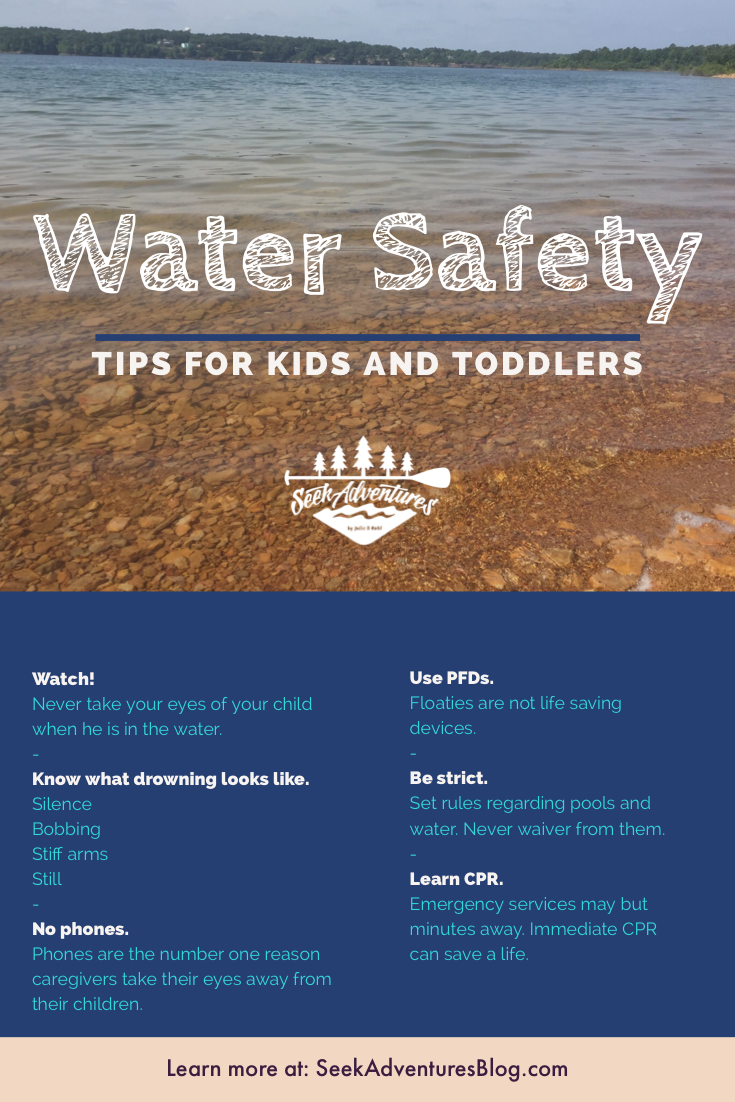Pool, lake and beach season is upon us. Water safety is so crucial for everyone but especially when toddlers and children are involved. Now that I have a toddler, I realize just how important it is to regularly maintain water safety. It only takes a second for something terrible to go wrong, which is why these water safety tips for toddlers and children are so important.
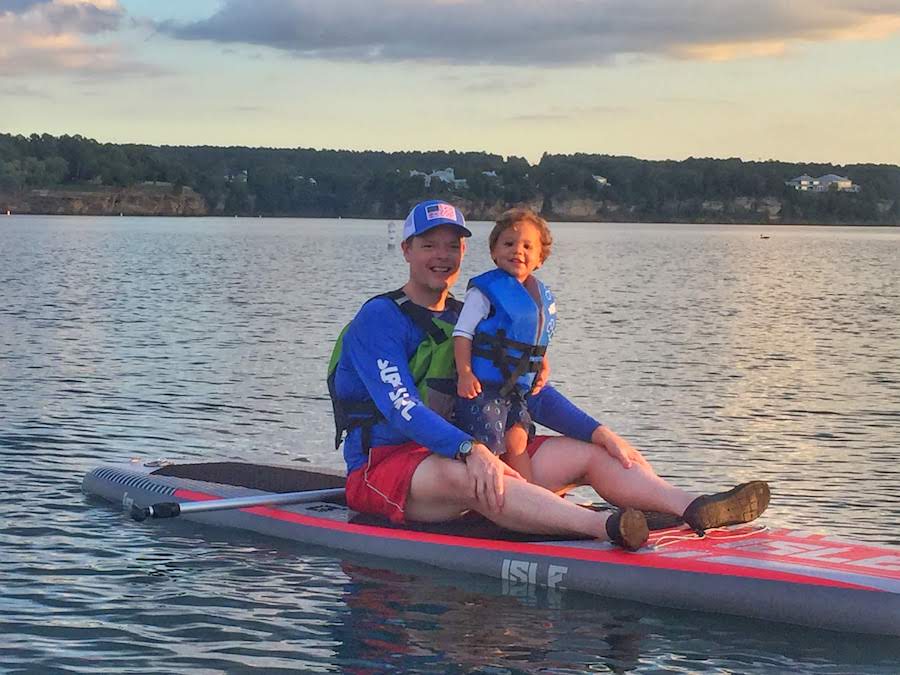
Every summer, we visit the ocean for a week and head out to the lake more times than I can count. I continuously cringe at the lax attention to water safety. I often find myself serving as a backup pair of eyes for other people. I don’t mind because it takes a village and hopefully someone else is backing me up when my attention wanes for a moment.
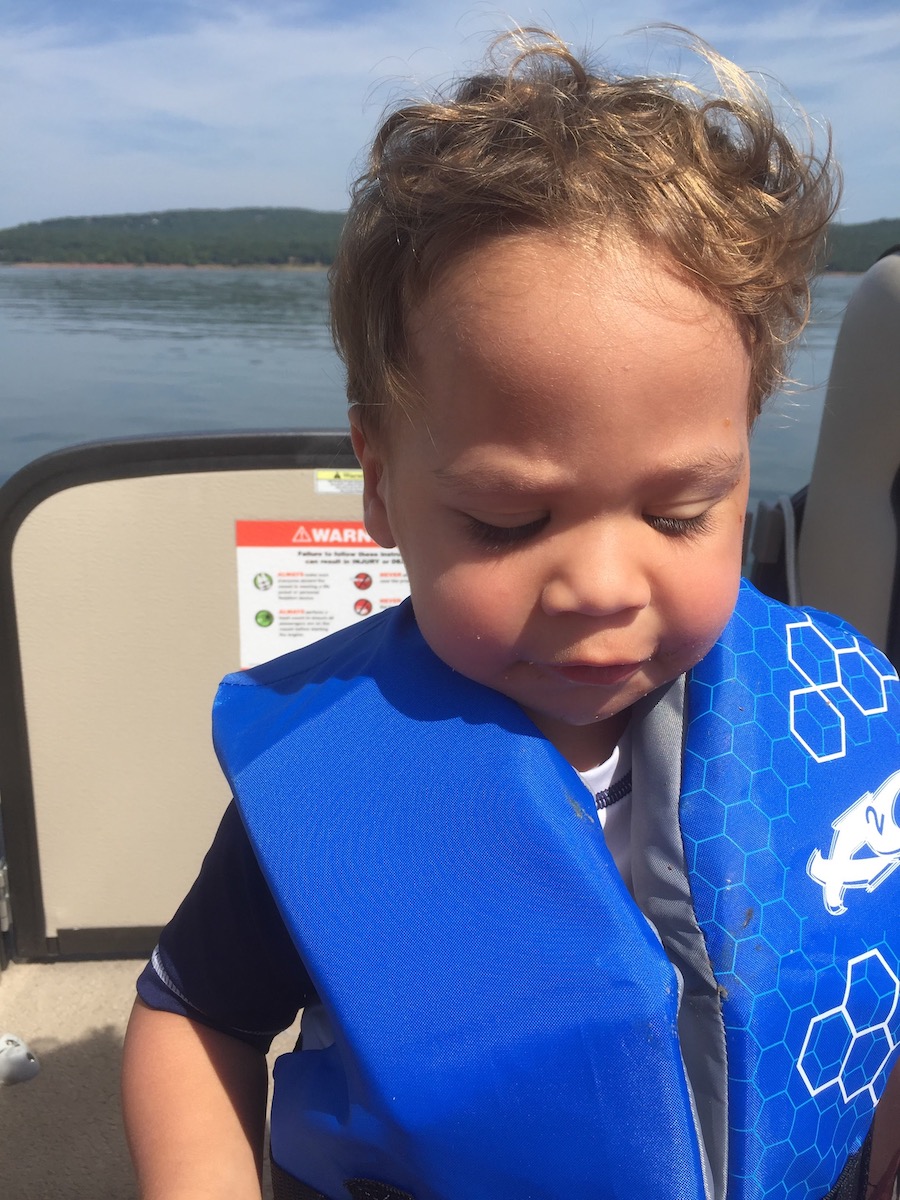
Water Safety Tips for Toddlers and Children
Never take your eyes off of your child when he is in the water.
It can take less than 30 seconds for a child to drown, and it can even happen in surprisingly shallow water. Infants and toddlers who have not had swimming lessons should have constant touch when in the water. Toddlers and children with limited swimming experience should be within arms reach at all times. Children who can swim long distances on their own, can tread water and can float on their back may have more freedom but should always stay within your line of sight.
Know what drowning looks like.
Television and movies lead us to believe that a drowning person will yell and flail and bob up and down vigorously. While that makes for dramatic TV, actual drowning is usually very silent. Children have drowned with a parent literally feet away because they did not recognize the signs of drowning. A drowning person is so focused on getting air that yelling and grabbing for help no longer seem important. Here is what to watch and listen for:
Silence: Every breath is being used for survival and yelling requires air. Just like a choking child cannot yell out, neither can a drowning child.
Bobbing: A drowning person will usually slip under the water and then slightly bob back up as just their nose and mouth break the surface. From a distance, this often appears very calm and maybe even playful. Do not expect arm flailing or even audible gasping for air.
Stiff arms: To keep afloat, a drowning person will usually stick their arms out to the sides in a T position. Raising the arms above the surface to wave for help will cause their face to fall below the water; therefore, most drowning people are unable to do so.
Still: The act of drowning exhausts your energy exceptionally fast. During the final moments of drowning the person can only focus on keeping their mouth and nose above water. They are very still, and their legs will be straight below them almost as if they are standing in the water.
Put down your cell phone and your camera.
Smartphones are fantastic tools that allow us to stay connected with friends and family all the time. We can snap some pictures of our child enjoying the day at the beach and can immediately share them on social media or via text and email. Sitting on the beach and scrolling through your Facebook feed can be relaxing and help you unwind. If you’ve got kids in the water though, it’s time to put the phone away. And I mean away. Turn it off, stick it in a bag or better yet, leave it in the car or the hotel room. It is so easy to just mindlessly press a button and get wrapped up in Instagram. You think you’re just going to “check really quick” and suddenly 30-seconds, 60-seconds, 5-minutes have ticked by. You do not want to live the rest of your life wondering if you could have saved your child if you just hadn’t looked at your phone. (The same goes for books, magazines, and your camera!)
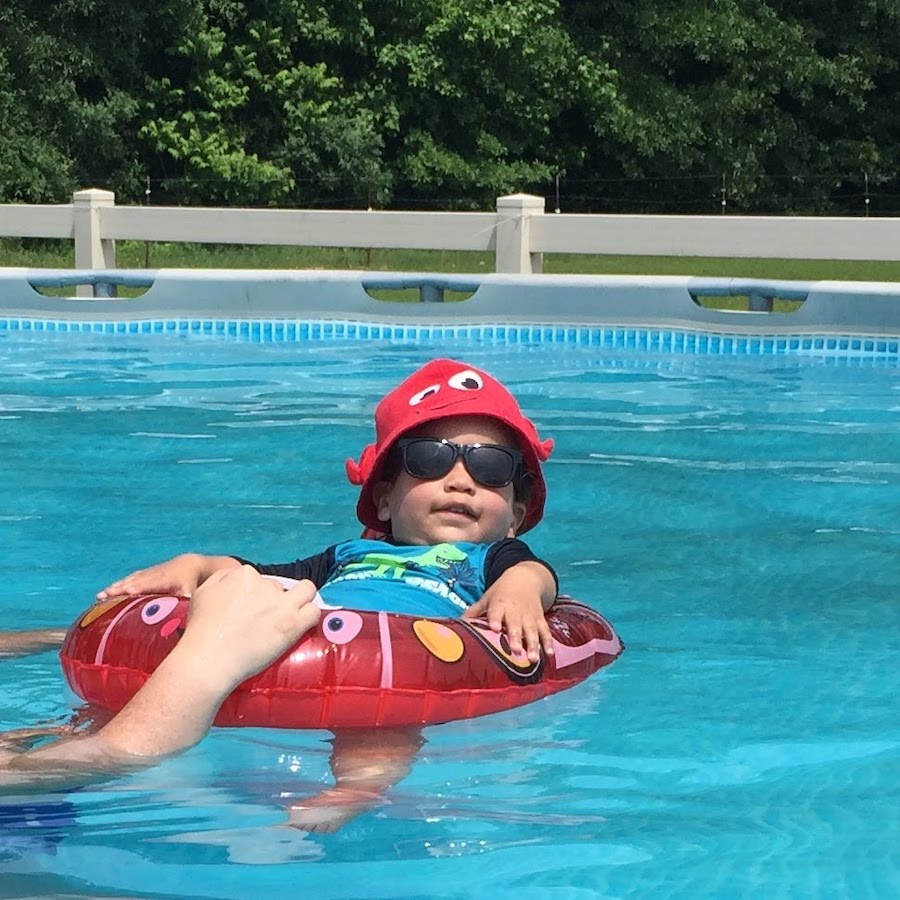
Floaties are not life-saving devices.
Floaties are a lot of fun. My son has a cute innertube type float that provides a nice sunshade and spot to play with toys. He also has arm floaties, a floatie that looks like a life jacket and one that looks like a speedboat. In our home pool, we have loungers, pool noodles and even a giant bull for an in the water bull-riding experience. I’ve seen giant pizza slices, unicorns and even rooster-shaped floaties. Floaties are NOT life-saving devices and often provide a false sense of security.
Arm floaties and innertube type floaties with a built-in seat are the most commonly used floaties with toddlers and children. When children are using these, you should always maintain a hands-on approach while in the water. At least one hand should always be on the child. Children can easily slip out of or tip out of an innertube device. Arm floaties are notoriously easy to pop and can quickly deflate. A firm bump from another child or even a moderate wave can easily sweep the floaty of your child’s arm.
To be labeled as a life-saving device, personal floatation devices must be US Coast Guard approved. Even then, PFDs come in a variety of styles and classifications. Click here for tips on selecting the right PFD for your child.
Sign your child up for swimming lessons.
The American Academy of Pediatrics recommends that all children begin swimming lessons at the age of four. If I had a nearby pool that offered infant swimming lessons, I would sign my 18-month-old up in a heartbeat. Just remember, swimming lessons are only a single tool in your water safety belt and should not be considered a substitute for constant supervision.
Teach your children the rules about water and never waiver.
In my house, if my son is in the pool, I am in the pool. If my son is in the lake, I am in the lake. If my son is in the bathtub, I am right beside him. These are our rules, and we NEVER waiver. If I have to get out of the water to reapply sunscreen, grab a phone call, talk to the mailman, or even take a pee break – we all get out.
Sure it’s annoying when you finally get everyone slathered in sunscreen and get all settled into floaties in the lake and you realize your sunglasses are still on your beach towel. If I need to get out to get them, we all get out!
My son is too young to understand that he needs to be careful around water. That means I have to be 100% on duty, 100% of the time. I can’t leave him unsupervised in the yard where we have a kiddie pool. I have to make sure the safety ladder in our above-ground pool is always in the safety position. When we’re at the lake, I have to keep a tight grip on his wrist at all times until we are ready to enter the water. As he gets older, we will discuss the dangers of water.
I don’t suggest scare-tactics and fearmongering, but children need to understand that while water is loads of fun, it can be very dangerous and even deadly.
Assign a parent lifeguard at large gatherings.
At pool parties and beachside gatherings, it can be easy to assume someone else is watching your child. When there are large amounts of adults and children running around, it’s hard to keep track of everybody. Adults should take turns acting as a lifeguard. While on lifeguard duty, the adult needs to be 100% focused on watching the water. No phone, no burger or drink and no chit-chatting with other party goes. Also, anyone who will serve as a lifeguard needs to abstain from alcohol until their session is over.
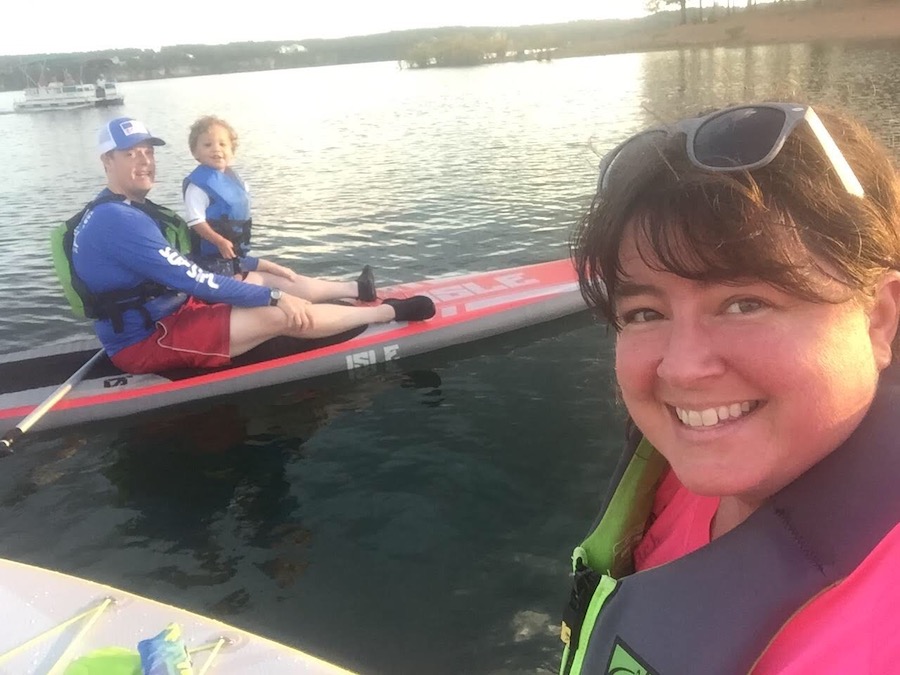
Learn CPR.
In a rescue situation, the longer you have to wait for medical attention, the more likely you will not have a positive outcome. The quicker CPR can be started on an unresponsive child, the higher the survival rate. Don’t assume that every public beach has someone who knows CPR. Classes are usually relatively inexpensive and only take a few hours. As an added bonus, you could save someone’s life.
Watch for signs of dry drowning and secondary drowning.
Dry drowning and secondary drowning are not very common, but they can happen. Often families of victims knew something wasn’t right but didn’t understand that medical attention was needed. Knowing what to look for with dry and secondary drowning could save your child’s life.
According to WebMD, with so-called dry drowning, water never reaches the lungs. Instead, breathing in water causes your child’s vocal cords to spasm and close up. That shuts off his airways, making it hard to breathe. You would start to notice those signs right away — it wouldn’t happen out of the blue days later.
“Secondary drowning” is another term people use to describe another drowning complication that happens if water gets into the lungs. Your child goes underwater and comes up coughing, water got in their nose, or maybe another child shot water into their face and mouth with a toy. The water can then get into the lungs where it can irritate the lungs’ lining and fluid can build up, causing a condition called pulmonary edema. You’d likely notice your child having trouble breathing right away, and it might get worse over the next 24 hours.
Things to watch for:
- Coughing
- Chest pain
- Trouble breathing
- Feeling extremely tired
- Changes in mood or behavior
If your child takes on water, the chances of dry or secondary drowning are incredibly slim. Less than 2% of all annual drownings are as a result of dry or secondary drowning. That being said, you should closely monitor your child for signs and symptoms for 24-hours following an event in which they took on water and seek immediate medical attention if something doesn’t seem right.
Children love the water and don’t realize how vulnerable they are. We have to be the safety net for our children. As you head out to the lake and the pool this summer, follow best practices and keep these water safety tips for toddlers and children in mind. Keep an extra eye out for other children in the water and even take a moment to share what you know about water safety with other parents around you. When it comes to the water, you can never be too safe, and I would rather be safe than sorry.
Read Next
- Choosing the Right PFD for Your Child and Getting Him to Wear it Without Complaining
- Snake Safety for Kids and Families
- How to Identify Poison Ivy
Pin these Water Safety Tips for later.
